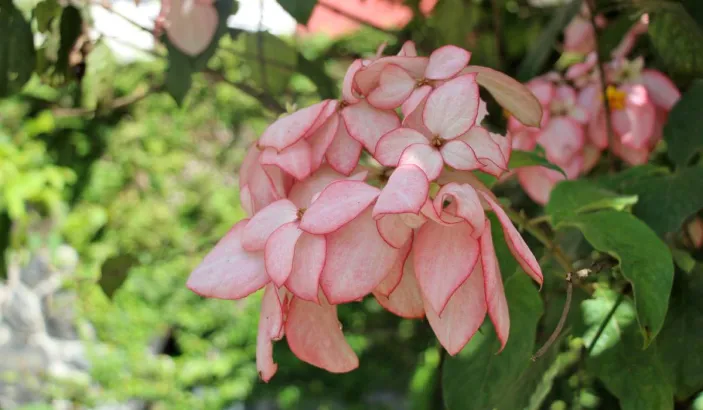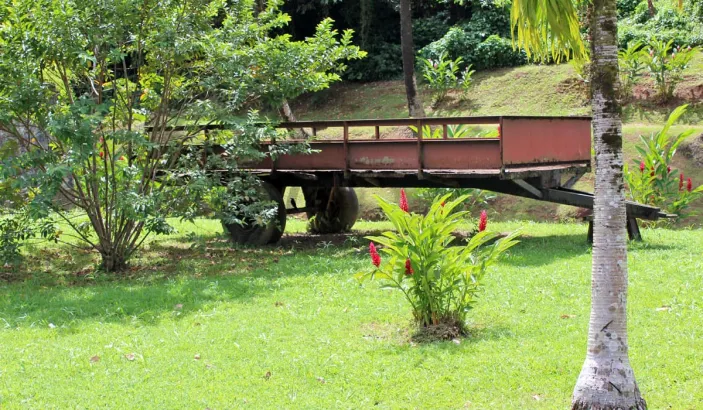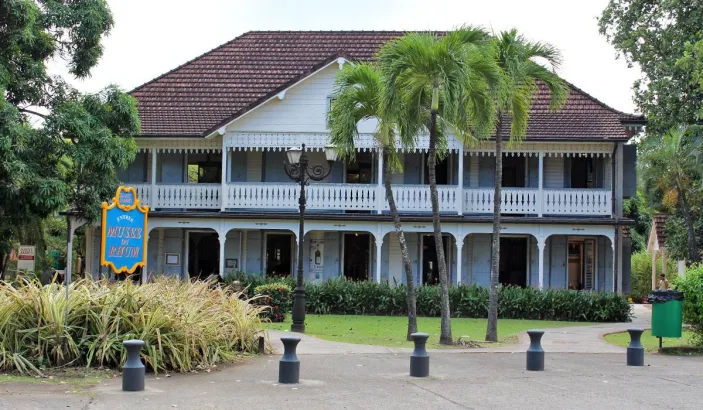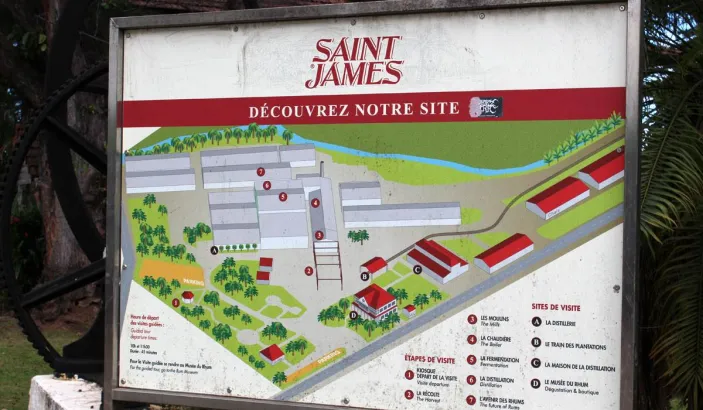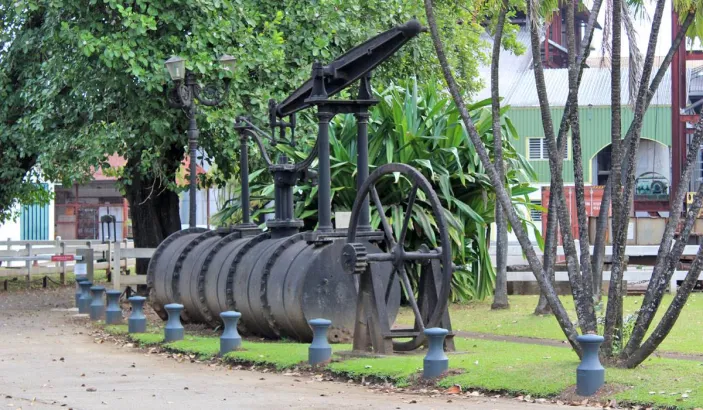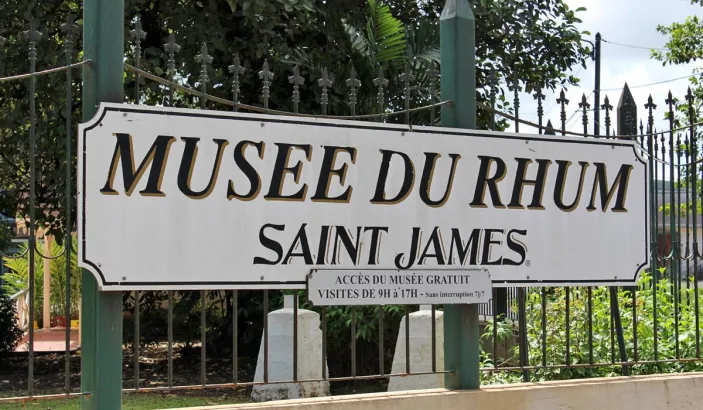Habitation la Sucrerie
Habitation La Sucrerie des Anses-d’Arlet is a beautiful estate house dating back to the late 18th century, bearing witness to the industrial history of the Hayot family. Today, it belongs to the Hayot Group, along with Habitation Pécoul and Habitation Clément.
In 1788, Jean-François Hayot left his coffee plantation in Saint-Esprit and purchased La Sucrerie, which was then the most prominent estate in the Anses-d’Arlet area. By 1845, his heir Michel Hayot—mayor of the southern commune (Anses-d’Arlet, Le Diamant, Sainte-Luce)—turned toward sugarcane cultivation in the context of the Industrial Revolution.
The mid-19th-century acquisition of Habitation Poterie and neighboring properties in Trois-Îlets led to industrial diversification, including the production of terracotta building materials such as bricks and tiles. These estates also cultivated sugarcane, which was processed at the Pointe Simon factory (now the Fort-de-France taxi terminal).
A pivotal moment came in 1868 when Octave Hayot (1843–1892) was sent by his father, Louis Hayot, to the newly established Usine du François to work alongside Émile Bougenot, a French mechanical engineer who had come to Martinique to develop a new generation of factories. Under Bougenot’s guidance, Octave learned both the industrial techniques of sugar production and the workings of a modern, shareholder-based enterprise.
This fusion of technical innovation and local production capacity sparked a major industrial success. At the end of 1868, Octave Hayot gathered several planters from the Rivière-Salée region—starting with his family’s estates in Trois-Îlets—to found, with Bougenot’s help, the Central Factory of Petit-Bourg on Habitation Génipa.
In the following years, competition among factory owners led the Hayot family to take control of neighboring estates to secure the factory’s supply chain and long-term viability. Octave Hayot is credited with initiating the agricultural development of the Rivière-Salée plain, which had previously been considered unsuitable for farming due to its marshy terrain. He died prematurely in 1892, and his relatives took over the factory’s management during a pivotal period in Martinique’s history.
Later, the eruption of Mount Pelée caused the deaths of many merchants, positioning factory owners as key players in the island’s economy. Descendants such as Joseph, Simon, Saint-Michel, Léon, and Yves Hayot played a major role in the sugar industry, managing numerous factories in Le Robert, Le François, and Lareinty until the late 1960s, when the sugar crisis brought an end to cane sugar production.
The family then shifted its focus to consumer goods retail, founding the Hayot Group, which now owns several stores and businesses across the island.
To get there, take the D7 road to the entrance of the Anses-d’Arlet village. The estate is located at the intersection of the D7 and D37. You’ll need to park your vehicle at the village entrance.






























